Before I set foot on a ship, I was reasonably certain cruising wasn’t for me. In my mind a cruise consisted of crowded buffets, endless bingo, enforced formal nights and a sea of retirees jostling for sun loungers. Basically, I pictured floating shopping centres with none of the authenticity of “real” travel.
And I wasn’t entirely wrong. Some of those assumptions held up when I finally boarded. The most popular ports are busy, the extras can add up, and yes, there are lots of people who think a sea day is best spent immobile, by the pool, intravenously imbibing Long Island iced teas (I'd be lying if I said I didn't now fully condone this pastime, a recent convert myself). But equally, plenty of my cynicism didn’t survive contact with reality.
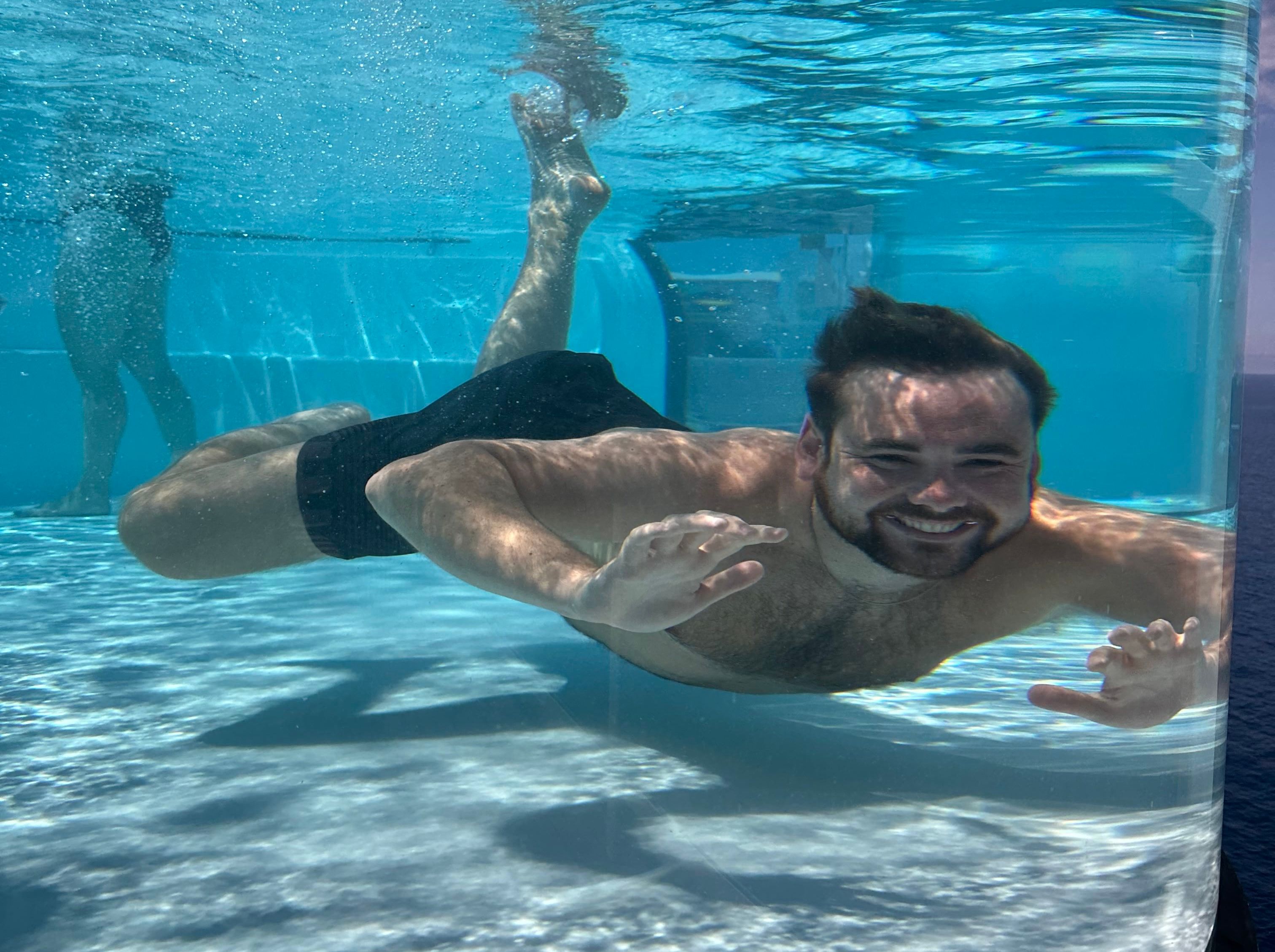
Sceptic, submerged.

Grinning through the pain of another free cocktail.
What surprised me most was the sheer breadth of cruising options today. Expedition vessels with onboard scientists. Small ships where you're on first-name terms with the bar staff by day two. The mega-resorts are evolving too, with menus that would make my past vegetarian self eat his words. Even the demographics are far more mixed than I’d ever expected.
This isn’t a puff piece, it’s an honest audit from someone who used to roll their eyes at the very word “cruise.” Here are five things I got right, and five things I got wrong. And if you’re a fellow sceptic, please read on, you might find yourself reassessing, too.
What I got right
1) Popular ports really can feel busy
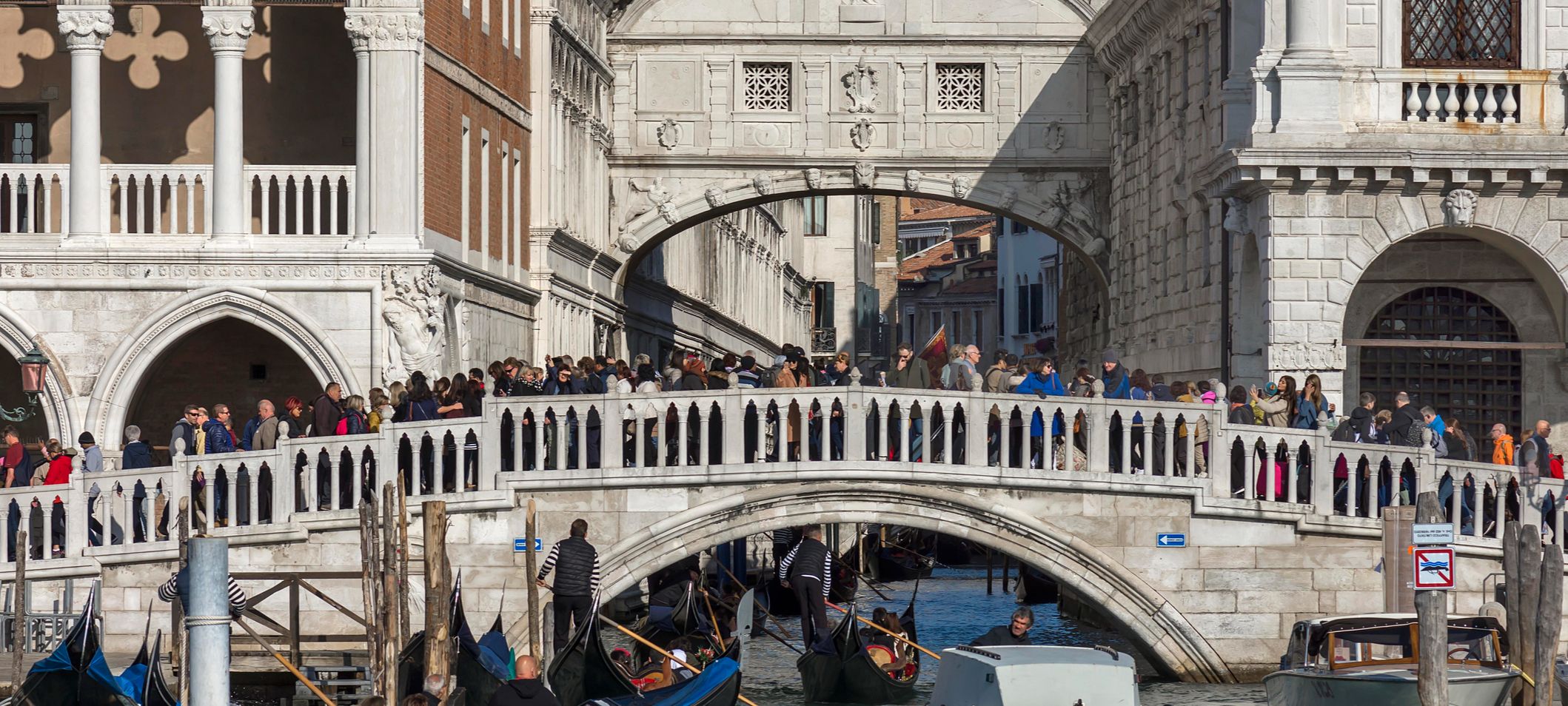
Venice and Dubrovnik didn’t “get crowded” by accident; both cities have had to manage cruise arrivals. Italy barred large ships from Venice’s Giudecca Canal in 2021, and Dubrovnik has worked to cap ship calls and stagger visits to protect the Old City. The upshot: you need a plan for peak places.
Remember you aren't on a leash once you leave the tender, my tip for those with a wandering soul is to do just that, wander. Use your time off the ship to explore a little further, away from the disembarkation point, just because you're in Mykonos doesn't mean you're obligated to spend the whole 9 hours beneath the iconic windmills on the hill.
2) The extras add up if you let them

Gratuities, specialty dining, Wi‑Fi, spa time, on many lines those are add‑ons. You can absolutely keep costs in check, or pick lines that include more in the fare, but “all‑in” is definitely not universal. Know your inclusions before you book.
If, like me, you're always seeking the most for your money, consider all the things your cruise lines considers an add-on before you travel. For example, Wi-Fi is a non-negotiable for me but I'm unlikely to drink through £75 worth of alcohol every day for two weeks (no judgement if you do) but plan your expenditure accordingly.
3) Environmental questions are fair, and important
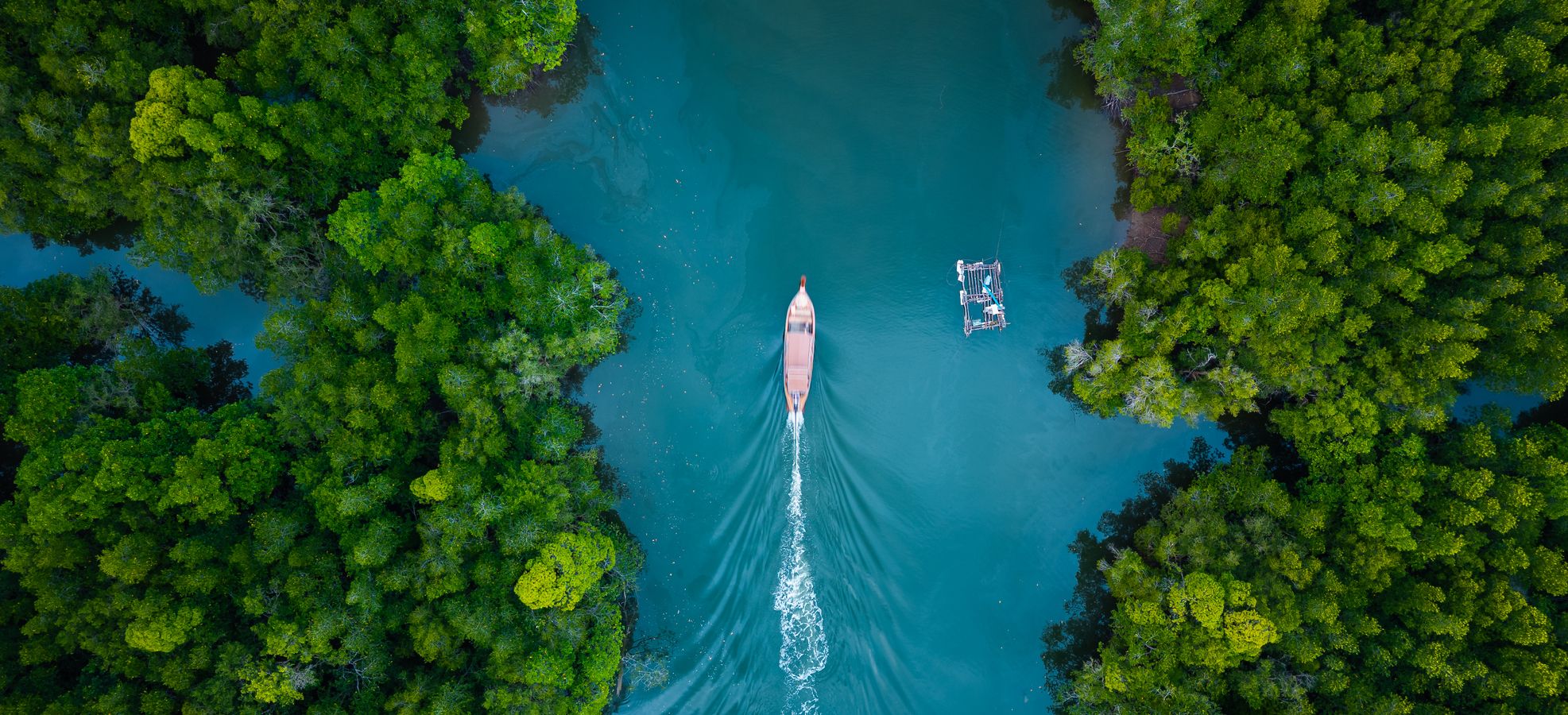
Cruising has a footprint. LNG (liquified natural gas is the cleaner fuel most newer cruise ships run on) can cut some pollutants, but methane slip is a real concern; pressure is rightly pushing the industry toward cleaner tech, shore power and better wastewater systems.
Progress is uneven, but measurable. If it's something you're concerned about, do some research before travelling, lots of lines are taking reactionary measures so it's important to understand what's genuinely having an impact and what's greenwashing.
4) Sea days are part of cruising, so plan for them
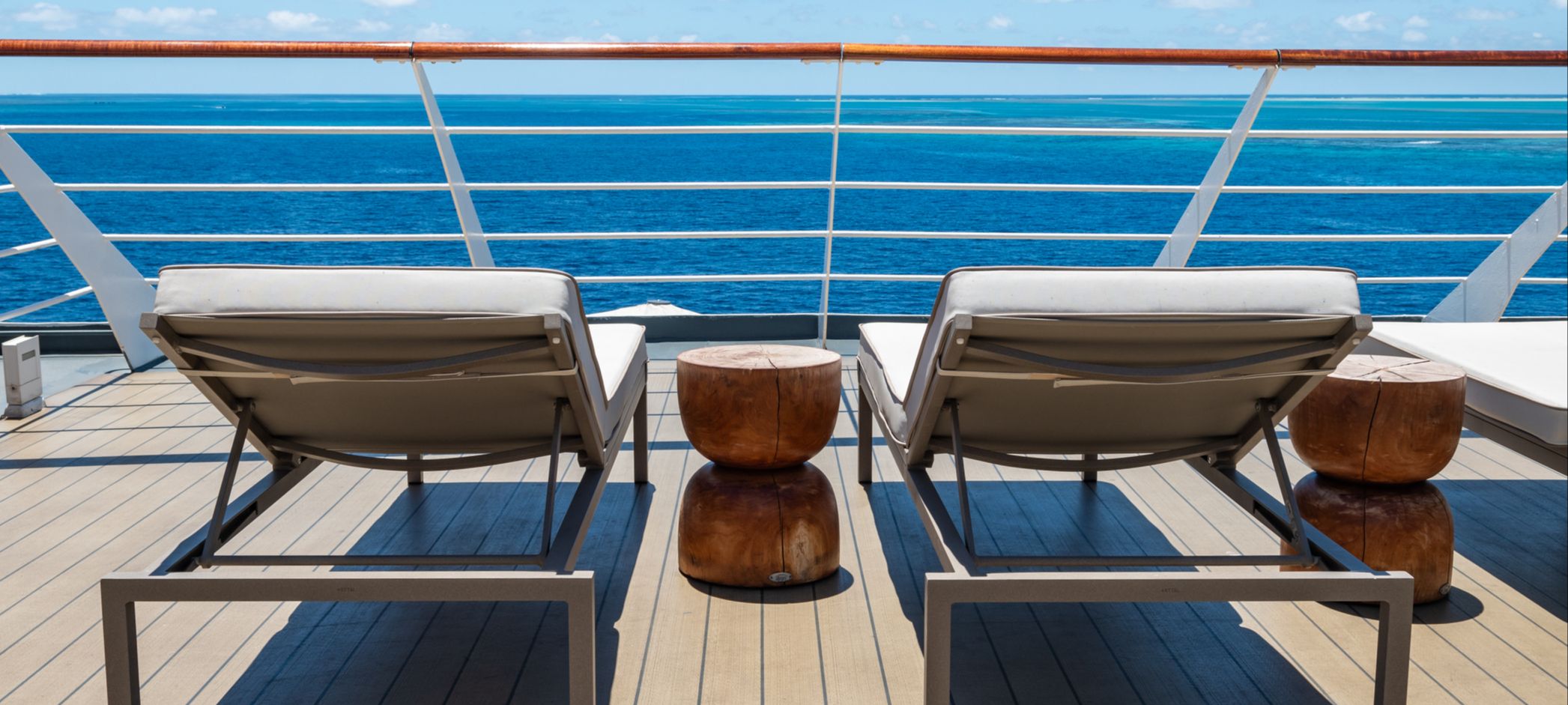
If you treat days at sea like “wasted time,” you’ll resent them. If you programme them, gym class at 8, lecture at 10, book and balcony by 2, they become a much-needed exhale between ports. (My mistake was assuming it was all bingo and water aerobics; it isn’t.)
If all else fails, my one tip for people who are afraid of being 'stuck' on the days when there are no ports on your schedule: there is always somewhere quiet to relax with a book or podcast. Do some laps of the deck, figure out the most peaceful areas and stake your claim to a lounger for an afternoon date with the horizon (you will never find views this good from a hotel).
5) Not every cruise is “for me,” and that’s fine
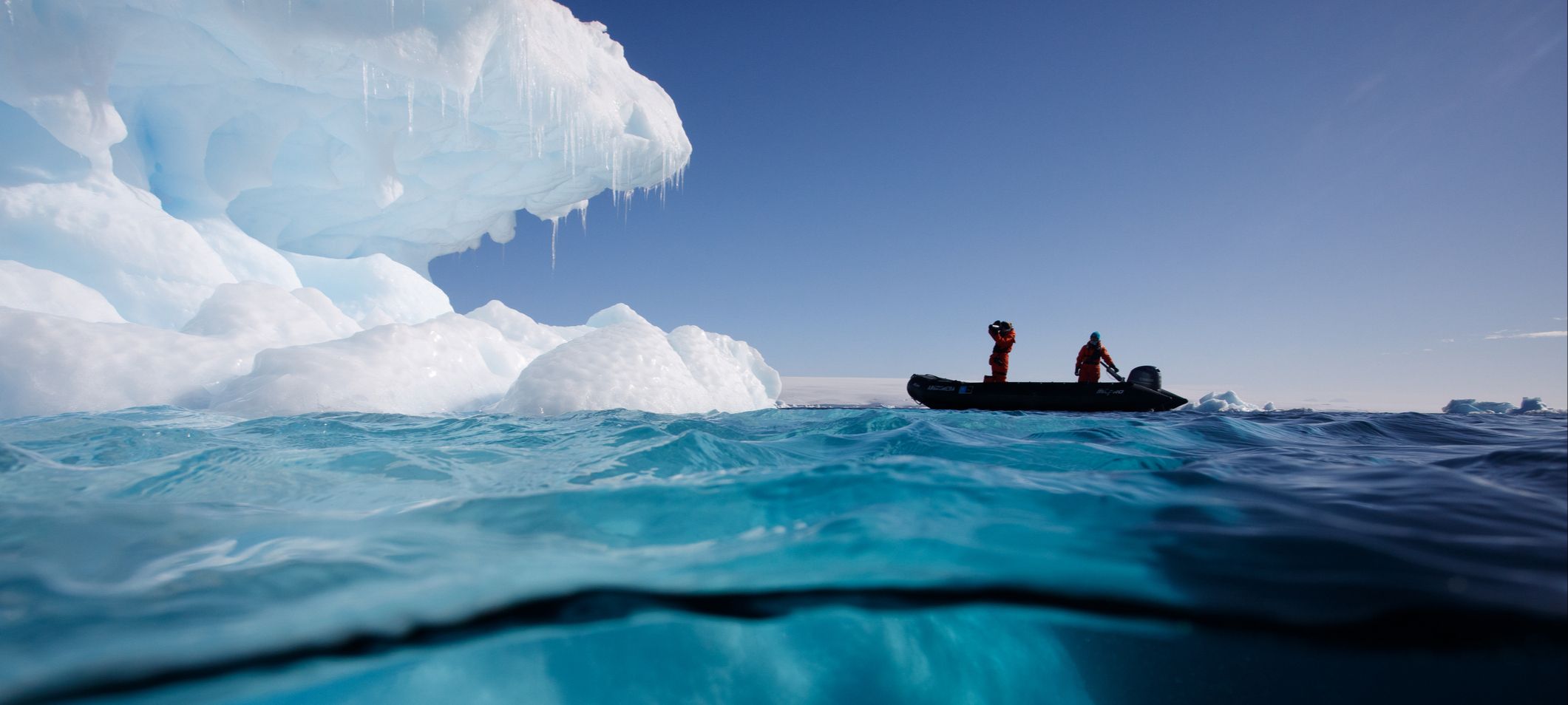
The cruise industry isn’t one product. Expedition ships and small‑ship lines exist alongside megaships; the expedition niche alone has grown hugely even just within the last year. Matching ship size and style to your temperament matters more than any brochure adjective.
My tip for first-time cruisers is not just to consider the type/size of ship, but think about where you're going. If you're taking on a grand voyage with multiple sea days, a bigger ship will probably make sense, but if you're taking on an iconic route like the Norwegian Coastal Express, their much much smaller ships will more than suffice (your days will be punctuated with multiple ports of calls to keep you busy).
What I got completely wrong
1) “The Wi‑Fi is useless”
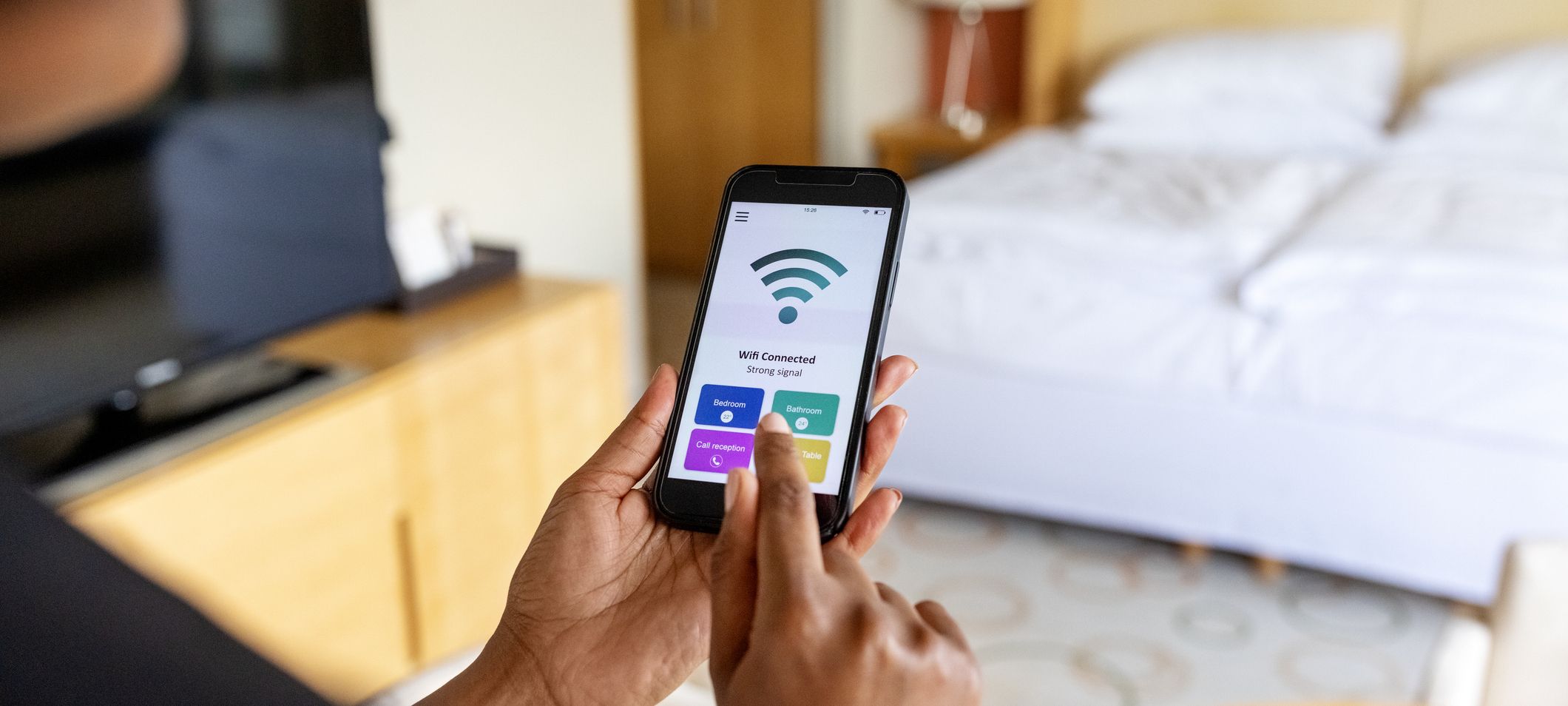
From what I've heard, Wi-Fi at sea definitely used to be flaky; but now most fleets run SpaceX Starlink. On recent trips I've successfully uploaded video and even conducted zoom video interviews in the middle of the Adriatic without fury. It’s certainly not fibre‑to‑your‑sofa, but it’s no longer 2007 either (just be prepared to pay for it, as on most lines it does remain an add-on).
2) “It’s all buffets and beige food”

Culinary programs have become properly ambitious and not just for meat-eaters either. Oceania rolled out 200‑plus plant‑based dishes across the fleet; luxury lines now court food lovers with chef‑driven venues and local‑flavoured shore eats. Even on mainstream cruises, choice is the point.
In fact, on most modern ships, you could conceivably go the entire trip without ever setting foot in a buffet restaurant (a point of sale which Virgin prides itself on). From freshly rolled sushi to an exceptional made-to-order omelette, I've been genuinely surprised by the quality, variety and freshness of much of the food I've enjoyed on my travels.
3) “You never get real time ashore”
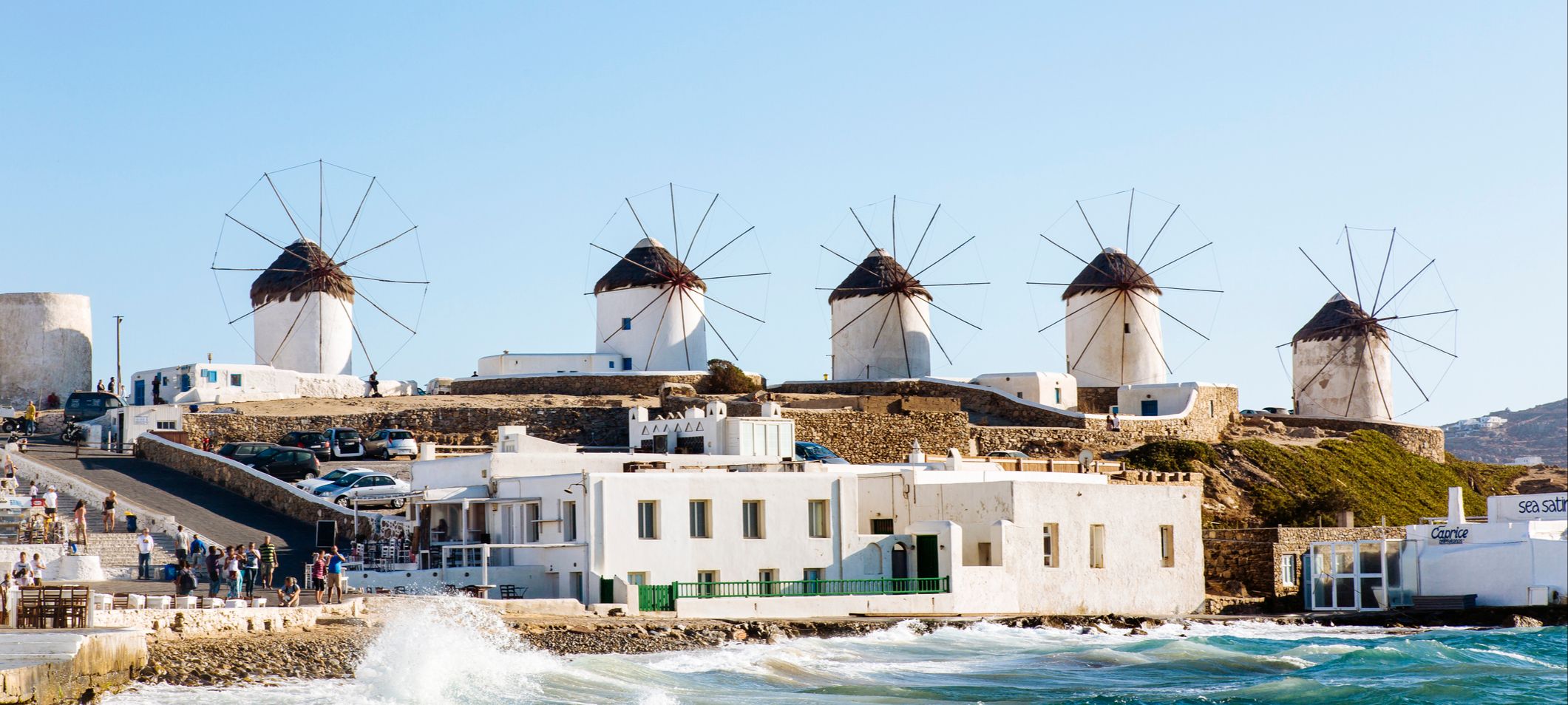
Some lines design for depth. Azamara and Virgin build in late stays and overnights as a signature, and brands like Viking include at least one excursion in every port, making it easier to dive in without clock‑watching. Pick itineraries for time, not just tick‑lists.
Typically you'll get at least 6 to 8 hours ashore and I'll admit, in ports that I was visiting for the first time, the pressure of the ticking clock has been a frustration (particularly when it's a place I feel a real affinity for). But I like to look at it this way: your cruise stop is simply an amuse-bouche of a visit. So you only had 8 hours to scratch the surface of Athens, that just means you'll be coming back for another visit to dig a little deeper into the city.
Cruising is the tasting-menu of travel, once you've got a feel for which dishes you enjoy most, you can go back later and buy the cookbook.
4) “Formal nights or nothing”
One of my strongest mental images of cruising was the dreaded Captain’s Gala Dinner: men in penguin suits, women in sequinned gowns, and me hiding in my cabin because I’d only packed jeans. It’s true that the idea of “formal night” still exists on some lines, especially in the luxury and heritage end of the market. Cunard, for example, makes a feature of its Gala Evenings and a lot of guests relish the ritual.
But the reality across most of the industry is a lot looser than my imagination. Norwegian pioneered “Freestyle Cruising,” which essentially said: wear what you like, when you like. Virgin Voyages has no dress code at all, leaning into a festival-at-sea vibe. Even the more traditional lines usually keep dressier nights optional, with plenty of relaxed venues where smart-casual works just fine. The point is choice: if you want to pack the tux, by all means enjoy your martini moment. If you don’t, you won’t be sent back to your cabin.
What I’d got wrong was assuming that formality was compulsory. It isn’t. It’s one of many flavours, and you can select the version that suits you.
5) “It’s only for retirees”
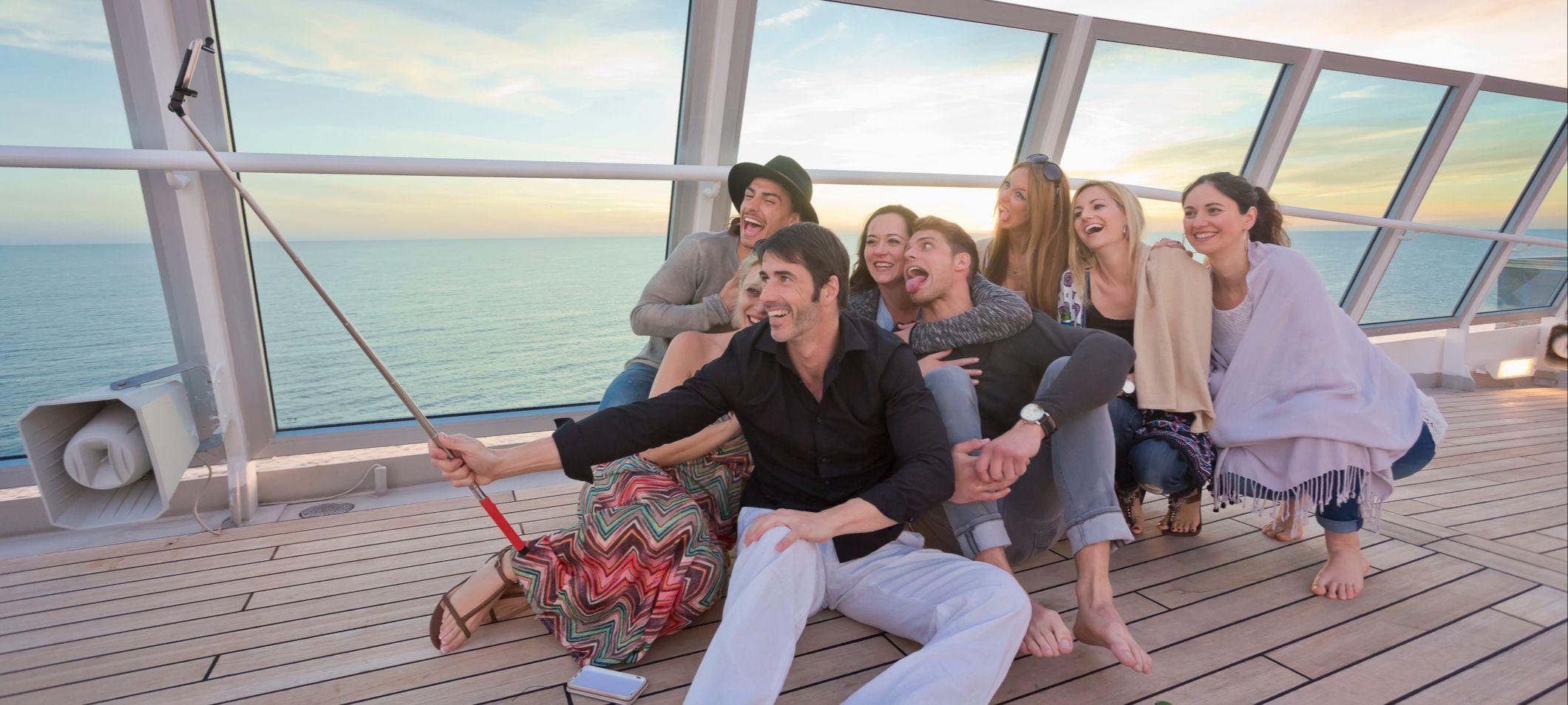
Here’s the cliché: a sea of silver hair, shuffleboard on deck, and lectures on arthritis management. The truth? The average cruiser is in their mid-forties, and CLIA data shows over a third are under 40. Younger travellers and families are actually one of the fastest-growing segments. Post-pandemic, Gen Z and Millennials have been booking in record numbers, drawn in by new ships with waterslides, go-kart tracks, and music-festival-style entertainment.
Expedition cruising is skewing younger too. The promise of kayaking in Antarctica or snorkelling in the Galápagos has obvious Instagram appeal, and lines like Hurtigruten, Ponant and Aurora Expeditions are actively courting adventure-minded guests in their thirties and forties. Even luxury brands have leaned into wellness, food and culture in ways that attract professionals who once would never have considered a ship holiday.
Yes, there are retirees onboard (and they’re often the most fun people you'll meet) but they’re part of a far more diverse mix. On my own sailings I met honeymooners, families with school-age kids, groups of friends, and even the odd tux-wearing grandad holding court in the bar. The stereotype of “cruising as a retirement home at sea” simply doesn’t hold water.
Where I landed (and how a sceptic should try it)
If you’re cruise‑curious but unconvinced, start with a ship and itinerary that respect your time. Look for late stays or overnights. If you hate being stung by hidden extras, choose a fare that includes what you care about most (Wi‑Fi, tips, soft drinks, even a basic excursion) so you’re not doing mental maths all week. And if you value smaller, quieter, deeper, book accordingly; there’s undoubtedly a ship for that.
I came in braced to dislike cruising. I left realising it’s a tool, an efficient, surprisingly flexible way to string together places without airports, and to travel at your own speed. For a cynic, that’s a pretty good start.
Find out more about how you could save on your first cruise here...
